Tanguar Haor: A paradise lost
The iconic Tanguar Haor, one of Bangladesh's most important ecologically critical areas, is facing an uncertain future amid growing environmental threats.
The government declared Tanguar Haor an Ecologically Critical Area (ECA) in 1999. It is also recognised internationally as the country's Ramsar Site of Special Biodiversity Value, declared in 2000, according to a study by the Department of Bangladesh Haor and Wetlands Development.
Covering an area of 9,727 hectares in Sunamganj district, the lush wetland supports over 60,000 people across 88 villages and serves as a sanctuary for diverse flora and fauna.
However, plastic pollution, overfishing, deweeding, deforestation, soil erosion and unchecked extraction of natural resources now endanger the haor's ecosystem.
The study paints a grim picture of the current state of Tanguar Haor. The loss of biodiversity, including sharp decline in fish population, threatens the livelihoods of local fishermen and other communities.
The wetland used to be home to around five lakh birds just 20 years ago. The number dwindled to barely one lakh today, said another survey report.
"Decades back, the haor was bountiful with numerous varieties of fish. We are no longer finding enough fish in the haor for the last few years. The fish population is declining every year," said Rahamat Ullah, a local fisherman.
Unfortunately, with more than two decades having passed since it was declared an ECA, there has not been any meaningful intervention by the authorities concerned, including forest department, district administration and environment department, to protect the wetland.
TANGUAR HAOR AT A GLANCE
- Located in Sunamganj
- 9,727 hectares of lush wetland
- Declared ECA in 1999
- Recognised as Ramsar site in 2000
- Supports over 60,000 people across 88 villages
- Serves as a sanctuary for diverse flora, fauna
- Habitat for over 135 fish, 208 bird species
THREATS
- Plastic pollution
- Overfishing
- Deweeding
- Deforestation
- Erosion
FALLOUT
- Loss of biodiversity
- Decline in fish population
- Livelihoods threatened
- Exodus of birds
In fact, environmentalists are of the opinion that the authorities are rather indifferent to the haor's plight.
Only 24 Ansar-VDP guards are tasked with security across the vast wetland.
Conservationists said a coordinated effort between authorities and local communities can still restore Tanguar Haor to its former glory. But that window of opportunity is closing fast.
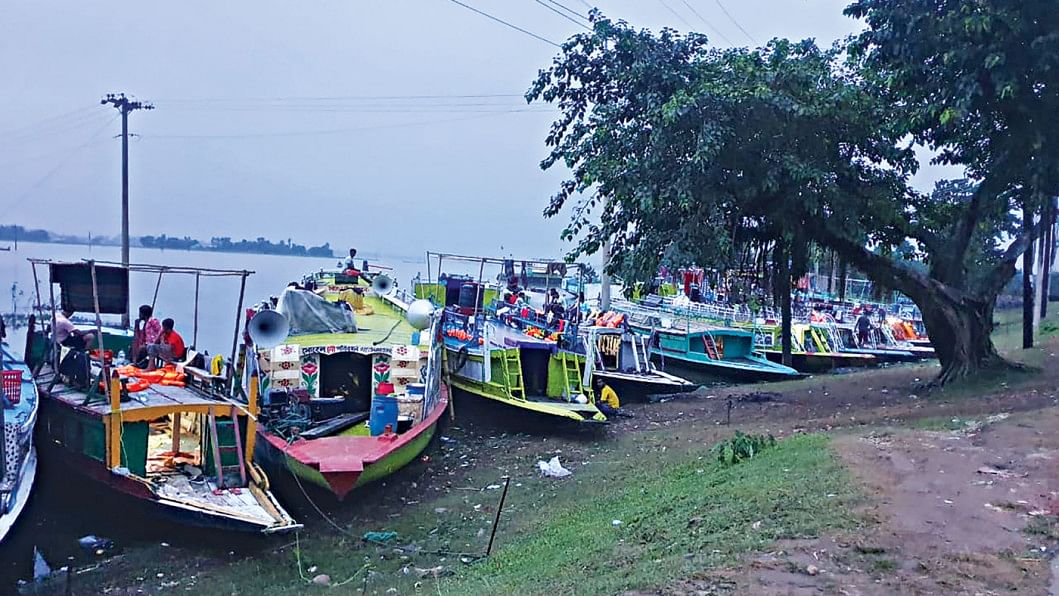
SIGNIFICANCE OF TANGUAR HAOR
The Tanguar Haor, fed by waters from rivers originating from India's Meghalaya hills, has a rich biodiversity.
It serves as a critical habitat for over 135 fish and 208 bird species. Each year, around 219 species of winged visitors, including nearly 98 migratory bird species from as far away as Siberia, China and the Himalayas fly to the wetland during winter.
Tanguar Haor is regarded among Bangladesh's most productive breeding ground for fish.
In 1999, after it was declared an ECA requiring special protection, its oversight was transferred to the Ministry of Environment and Forests in 2001.
A couple of years later, the government put its resources through Sunamganj district administration to guard and protect the haor.
However, despite its ecological and economic significance, conservation efforts have fallen short.
FISHERIES UNDER THREAT
Once abundant with fisheries resources, the haor is now witnessing an alarming decline to its fish population due to multiple human and environmental threats.
Overexploitation by using illegal fishing equipment, indiscriminate catching of juvenile and spawning fish, pollution from boats, use of pesticides in agriculture in adjoining areas, and deforestation are major factors behind this decline as identified by the DBHW study.
The DBHW study also found fishing practices like dewatering of marshes and use of stationary bamboo nets to be extremely damaging to the fish breeding grounds.
Of the 54 wetlands, or "beels", only 12 are designated as "core zone" areas where fishing is prohibited. However, during recent visits to the core zone sites, these correspondents witnessed fishermen catching fish.
"We know fishing is banned here but there is little other option for our livelihood," a fisherman admitted, wishing anonymity.
BIRD NUMBERS PLUMMETING
Though Tanguar Haor was known as a major destination for migratory birds, over the recent years, the fast disappearance of suitable habitats resulted in their numbers plummeting sharply.
As per counts by the Bangladesh Bird Club, while nearly 60,000 birds were spotted there in 2018, the number plunged to around 27,000 last year.
Ornithologist Enam-Ul-Haque blamed loss of wetland habitats and food sources, increased pesticide usage in surrounding farmlands, and pollution from tourism for this decline.
"With key nesting and feeding grounds shrinking every year, migratory birds are struggling to sustain themselves during their seasonal visits," Haque said.
He said despite the wetland's international importance, district authorities have failed to prioritise its protection, leading to the current situation.
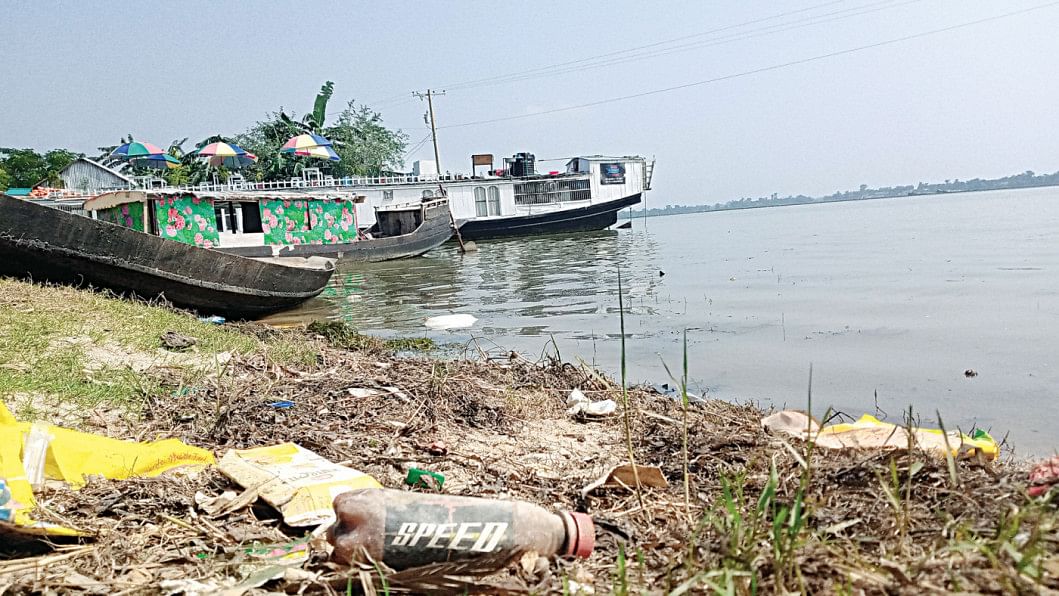
SWAMP FORESTS DISAPPEARING
The unique swamp forests that are integral to Tanguar Haor's ecosystem are disappearing at an alarming rate due to human activities, further adding to its woes.
Swamp forests, and thickets of Hijal (Barringtonia acutangula) and Koroch (Dalbergia reniformis) trees on the banks of waterbodies provide vital shelters and feeding grounds for fish as well as birds.
However, tree felling to clear land for agriculture, fuel needs and population pressure have led to rapid shrinking of the swamp forests over the years.
"Even five years back, there used to be lush swamp forests near Tahirpur village, but now it has become a rarity due to rampant tree felling by people for household needs," said fisherman Abdullah Al Foysal.
Kausar Hossain, a resident of Goalbari village, echoed him.
Ironically, the forest department does not even have any definite data on the haor's original swamp forest cover and how much of it still remains.
"Last year, Hijal and Koroch trees were planted across 50 hectares of land," said Saad Uddin, a range officer of the forest department in Sunamganj.
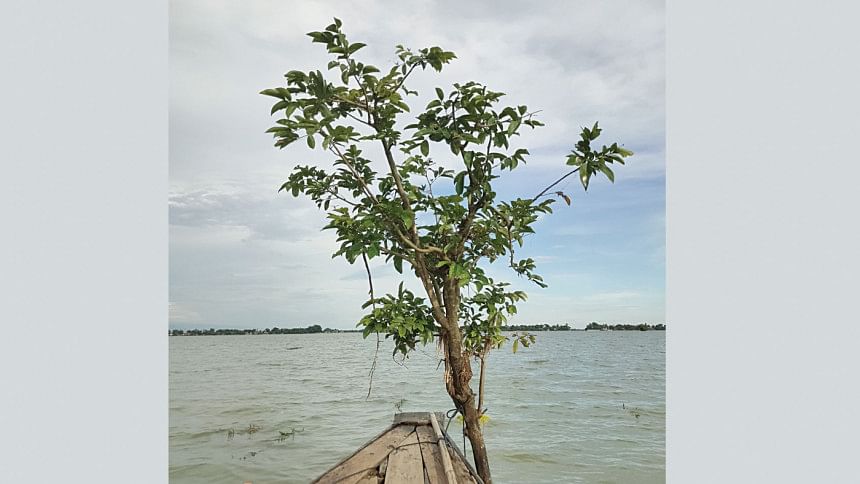
TOURISM A HEADACHE
Although the recent influx in tourism at Tanguar Haor wetland holds economic prospects for locals, it poses a threat to its ecosystem due to poor regulation.
Engine oil from hundreds of recreational boats, including unregulated overnight houseboats plying the wetlands, leaked sewage, and discarded plastic waste are polluting the water, said affected villagers.
At busy boat docks like Tekerghat, this newspaper witnessed boat operators dumping plastic waste directly into the wetland. No one was there to check those unlawful activities.
Boat owners admitted that some vessels lack proper sewage disposal arrangements, while cheaper boats use throwaway plastic utensils, said Hasan Kabir, owner of boat "Haor Kanya".
Shahinur Rahman, president of the boat owners' association, said their boats use reusable melamine plates and glasses.
"However, some boats belonging to outsiders use single-use plastic plates and throw those into the wetland," he alleged.
During high tide, the adjoining agricultural land gets flooded with plastic waste and glass shards. The waste eventually piles up at the bank after water recedes, which affects cultivation, said farmer Khairul Islam of Lakma village.
Ziaul Hoque Rajib, an avid travel enthusiast, said, "The haor is almost unrecognisable these days. I remember when I first visited it in 2006, one could see the haor bed as the water was crystal clear. Also, there were aquatic plants everywhere you looked."
Besides, there were hardly any waste materials in the haor. Even those who visited were careful enough not to pollute the serene surroundings, he said.
"However, during my last visit in September 2023, I noticed massive changes. Everywhere I looked I saw plastic containers, bottles and plates floating on the water. I hardly saw the aquatic plants, which were once found in abundance."
Fahd Mannan, another fellow traveller, echoed him.
"Sound pollution created by tourist boats often mars the experience," he said, adding that the authorities' indifference is exacerbating the crisis.
Mohammad Kashmirul Haque, president of Paribesh O Haor Unnayan Sangstha, said, "To protect the wetland, tourism must be regulated within a given territory and single-use plastic must be banned in haor areas."
Sharif Jamil, a member secretary of environmental organisation "Dhoritri Rokhhay Amra", said, "The district administration officials, local businesspeople and political figures are accountable for the Tanguar haor's mismanagement."
"They are misusing the resources for their own benefit," he added.
He alleged although there are rules in place to protect the haors, officials concerned play a silent role due to corruption and political influence.
WHAT AUTHORITIES SAY
Mohammad Rezaul Karim, additional deputy commissioner (general) of Sunamganj, said "We are working to save the ecosystem around the haor. We are planning to implement the regulations ahead of the monsoon.
He also said the administration and law enforcers are working in this regard.
Bimol Chandra Shome, deputy director of the Department of Agricultural Extension in Sunamganj, said social awareness is needed against such pollution and stern legal actions must be taken against the rule violators.
Mohammad Emran Hossain, divisional director of the Department of Environment in Sylhet, said new policies to regulate the ongoing uncontrolled houseboat activities are being formulated to curb pollution.


 For all latest news, follow The Daily Star's Google News channel.
For all latest news, follow The Daily Star's Google News channel. 


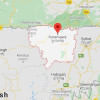



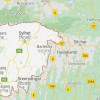
Comments